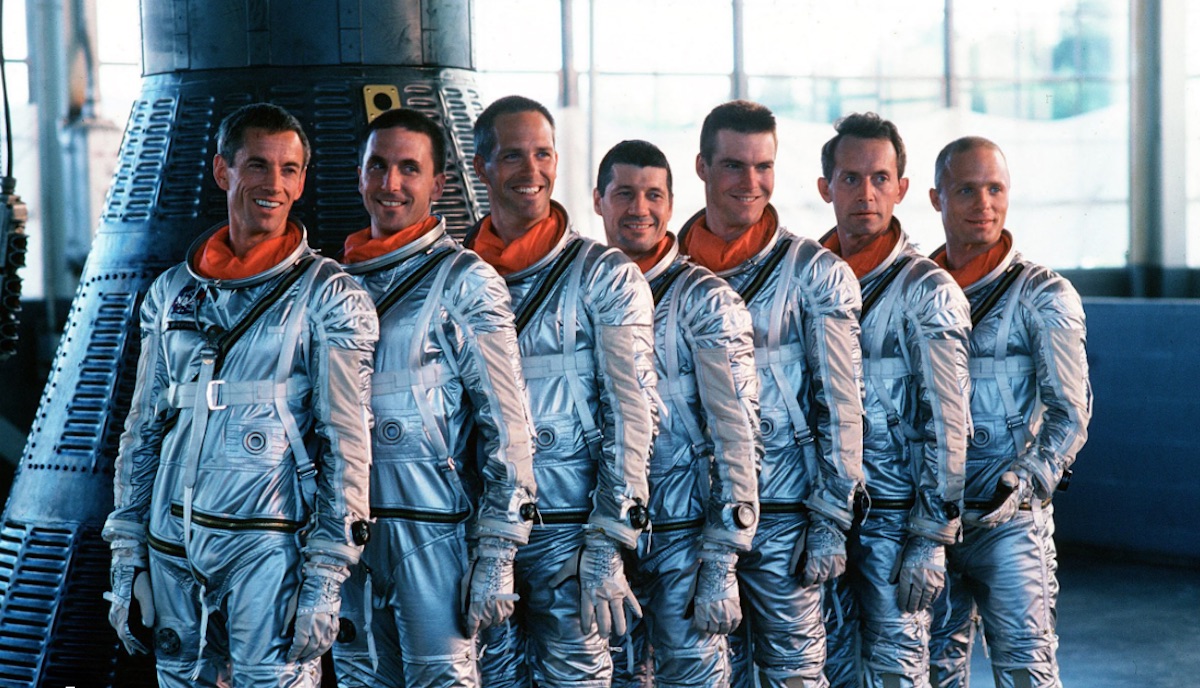
Representing 'the best and the finest' of American cinema, San Francisco Bay Area-based director Philip Kaufman's "The Right Stuff" launched into theaters 40 years ago tomorrow (Oct. 21) with enough bravery and bravado to fortify a dozen Hollywood superhero films.
This soaring classic was adapted from author Tom Wolfe's massive 1979 bestselling novel of the same name that chronicled the nascent days of the United States' crewed space program starting with Chuck Yeager's historic sound barrier-breaking flight aboard the orange Bell X-1 rocket plane on Oct. 14, 1947.
From there, "The Right Stuff" documents the recruiting and selection of the famed Mercury 7, America's first astronauts, and their daring leaps into the hostile frontier of outer space in a competitive race to beat the Soviet Union.
Related: These astronauts read Tom Wolfe's 'The Right Stuff' and flew in space. Here's what it meant to them.
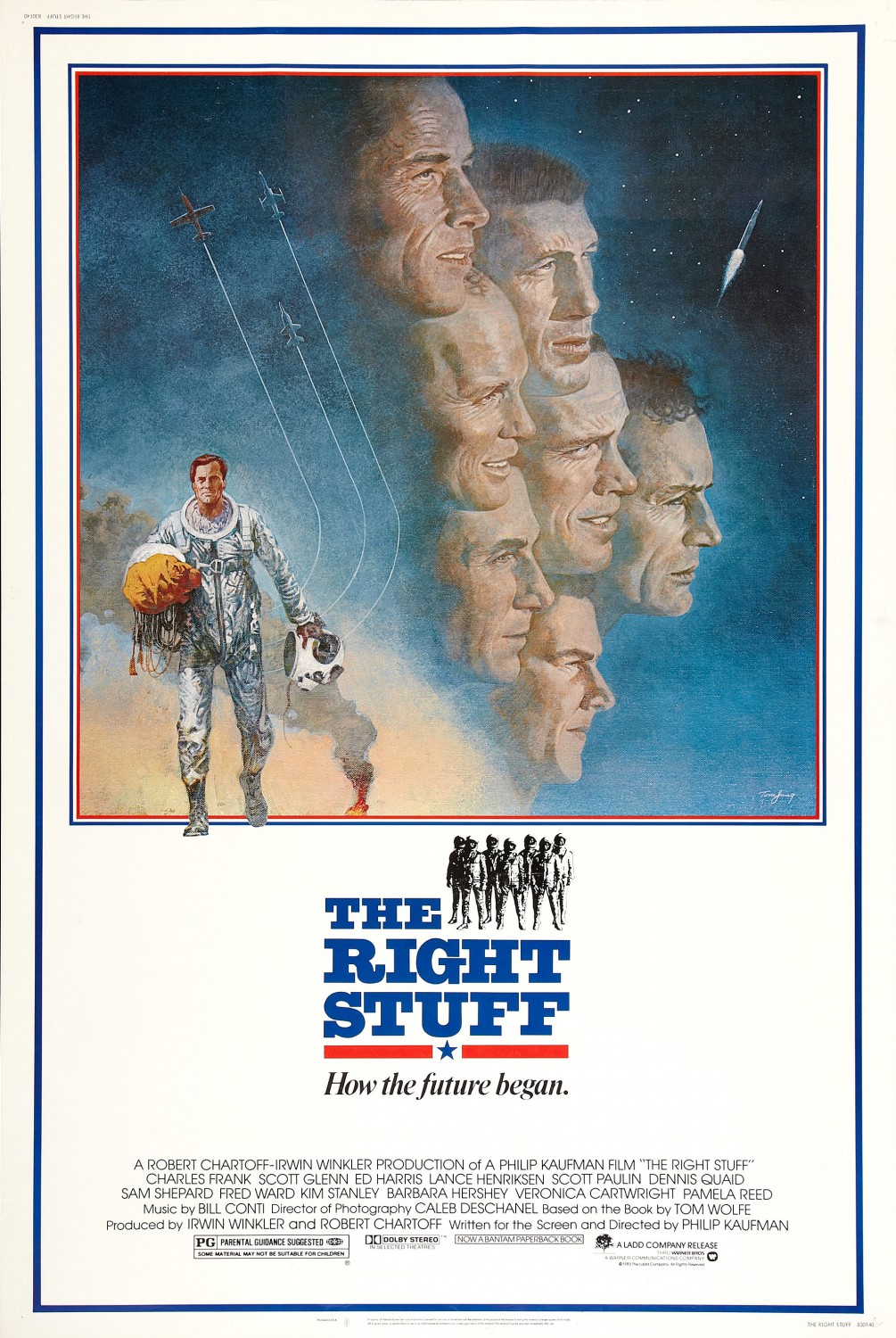
Studded with star performances by Ed Harris (John Glenn), Sam Shepard (Chuck Yeager), Scott Glenn (Alan Shepard), Dennis Quaid (Gordon Cooper), Fred Ward (Gus Grissom), Lance Henriksen (Wally Schirra), Charles Frank (Scott Carpenter) and Scott Paulin (Deke Slayton), "The Right Stuff" was released wide by Warner Bros. on October 21,1983. It has become the definitive film recounting those heady days of NASA in pure period detail, with a rousing Bill Conti score, dynamic cinematography by Caleb Deschanel, and a riveting screenplay adapted by Kaufman himself.
Kaufman is one of the last great directors of our generation and a natural filmmaker who had already established himself as a deft cinematic storyteller with films like "The Wanderers" and the "Invasion of the Body Snatchers" remake and co-writing the story for "Raiders of the Lost Ark" with George Lucas. "The Right Stuff" would put his innumerable skills as a writer and director to the test, chasing the demon to create an epic account of the 1960s space race that took us all the way to the moon.
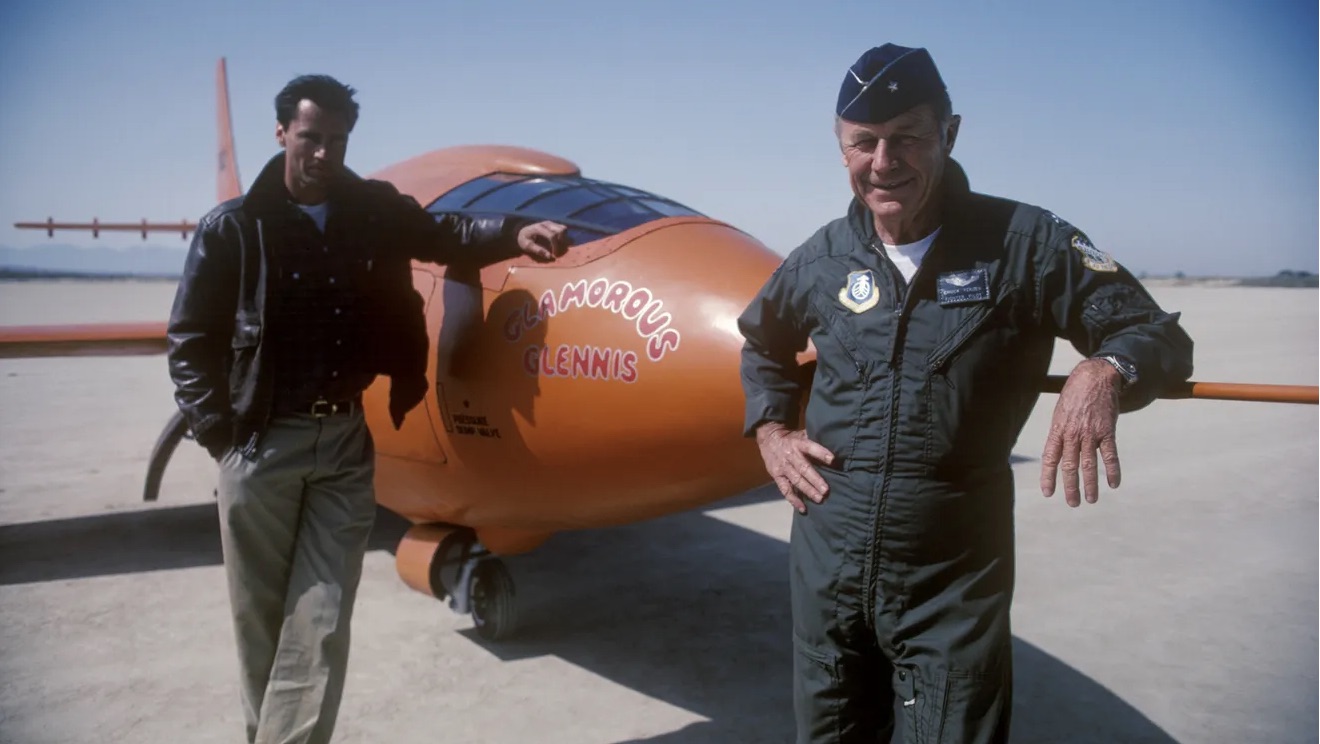
It was nominated for eight Academy Awards including Best Picture and went on to win four gold statuettes for Sound Mixing, Original Score, Film Editing and Sound Editing at the 1984 Oscars Ceremony.
Get the Space.com Newsletter
Breaking space news, the latest updates on rocket launches, skywatching events and more!
Now as NASA prepares to push the envelope once more with its Artemis 3 moon mission in 2025 then onward to Mars, "The Right Stuff" becomes an even greater touchstone to recognize and celebrate not only Kaufman's masterful movie, but the men and women who ignited global interest in space and risked their lives to attain an impossible dream. More than ever we need films like "The Right Stuff" and its indomitable spirit honoring our patriotic past and challenges of a bright future.
Space.com: What do you remember most looking back 40 years to the creation of "The Right Stuff?"
Philip Kaufman: I only have fond memories. Somebody sent me something just the other day where Dennis Quaid was talking about it being his favorite experience in all of filmmaking. I think we all felt that. It was just an exhilarating thrilling time. There were many obstacles of course. There were many sleepless night and struggles to get the thing right. We aimed high and the actors hung out together at Tosca Bar. Chuck Yeager was around all the time. It was quite a long shooting schedule and then we had to keep coming back after a few months because special effects weren’t ready. It was a constant reassembling of various elements.
I had a great cinematographer, Caleb Deschanel, who I’m still very close to. And his wife, Mary Jo, who played Annie Glenn, they were just up here at my house six months ago. The whole thing is a memory bathed in light. We were trying to explore that quality of what is the Right Stuff. And in my mind it somehow includes a joyous approach to your tasks in the world.
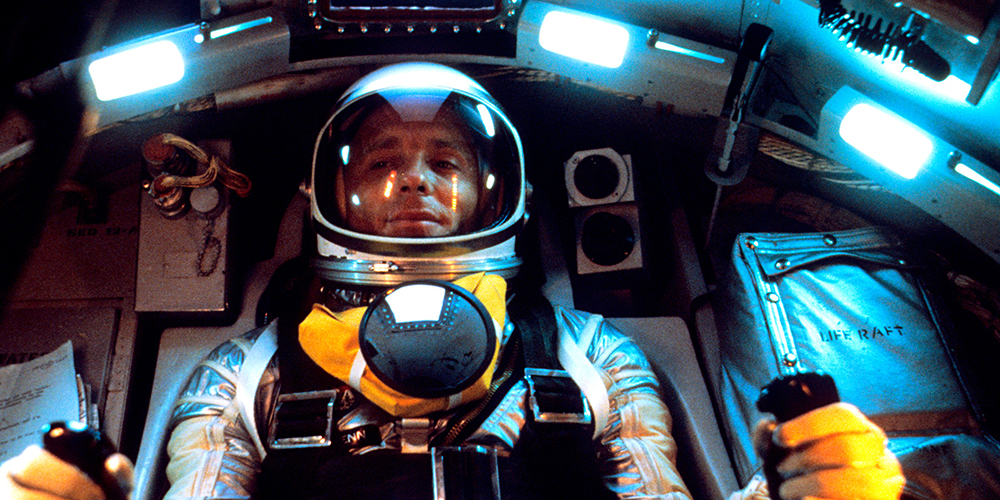
Space.com: What was your on-set and off-set relationship like with the film’s official advisor, General Chuck Yeager?
PK: We became really good friends. His widow still writes to me regularly and she published a new book called "The Wit and Wisdom of Chuck Yeager." We hung out together and he took me for a ride over the high desert in a Beechcraft plane. He had that twinkle in his eye. Even though he was a General, he was just a regular fun guy. Yeager was in many ways the most self-effacing, gruff guy you'd want to meet. He didn't really want to talk about that stuff he'd done.
Space.com: With space industry interest at a level unseen in decades, how can "The Right Stuff" teach and inspire a new generation of aerospace engineers and astronauts?
PK: The film addressed that in a couple of ways. One, there's a certain sadness in some ways about where the space program might head in the movie. The pilots averted the mechanization of it and the control by technicians. They wanted it really in the hands of the pilots, of skilled people. Today we worry about Chat GPT and all the impersonalization of all these things and the phasing out of human involvement, which includes memory. I hope that when we finally land on another planet and inhabit it, that we're still human beings.
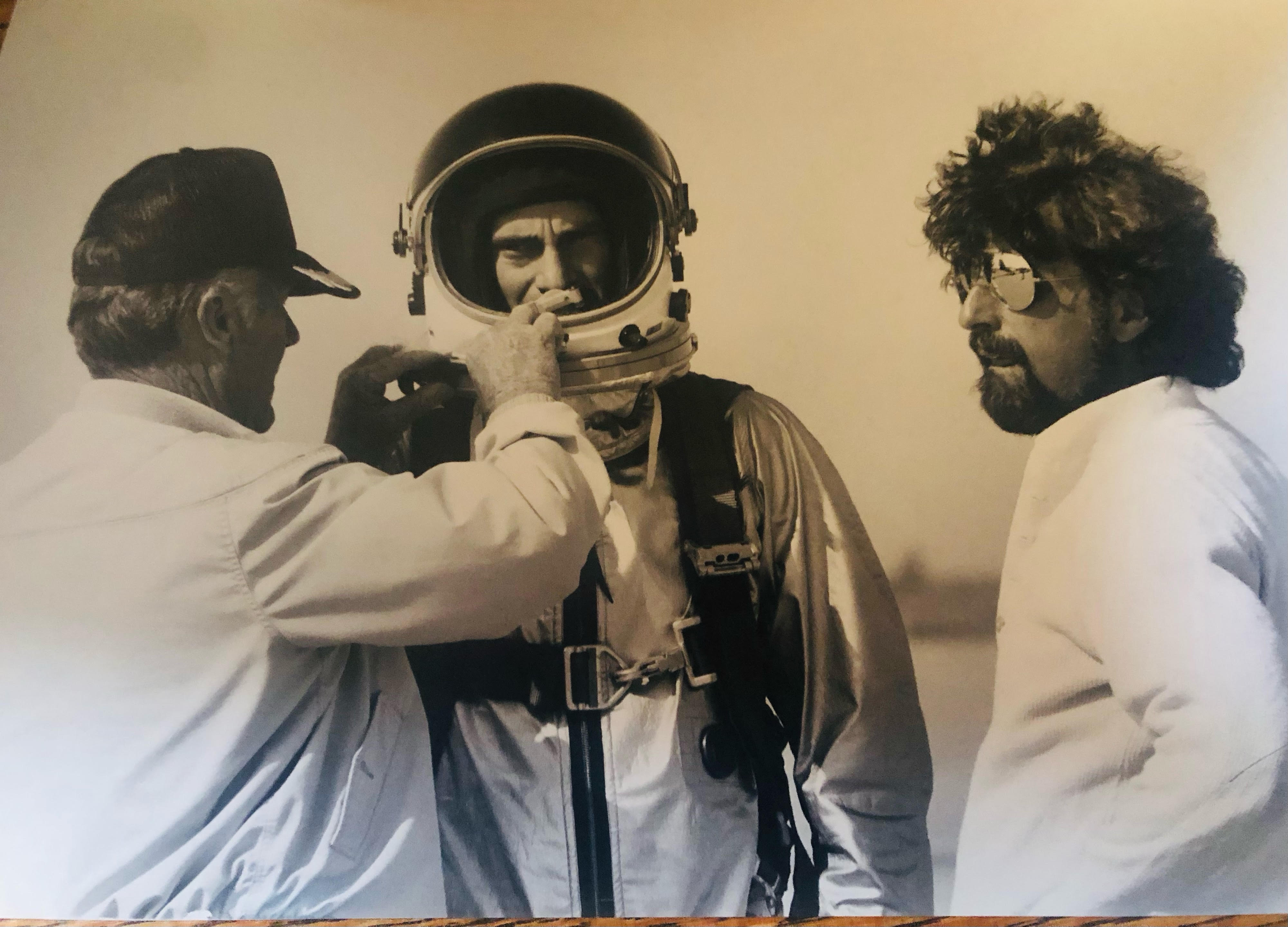
Space.com: What was the laborious screenplay adaptation process like in tackling Tom Wolfe's novel and did you get everything in that you wanted?
PK: Well, the book goes on beyond the point where the film ends. Tom Wolfe was a brilliant journalist and there’s no way you can get everything in a brilliant book. You have to weed out the garden to make sure the blooms are beautiful in their own way. As a filmmaker you search for beauties and insights and moments that are "filmic." I'm always trying to explore other stories and other ideas. My memory is that we all did the best job that we could under the circumstances, and that we found a way to explore not only an event, but also the human feelings that were part of that event. The whole movie is an exploration of a quality that Yeager had called the Right Stuff and it's the main character in every scene, whether it's with the astronaut or their wives, or their conflicts with the press and society. It's ineffable.
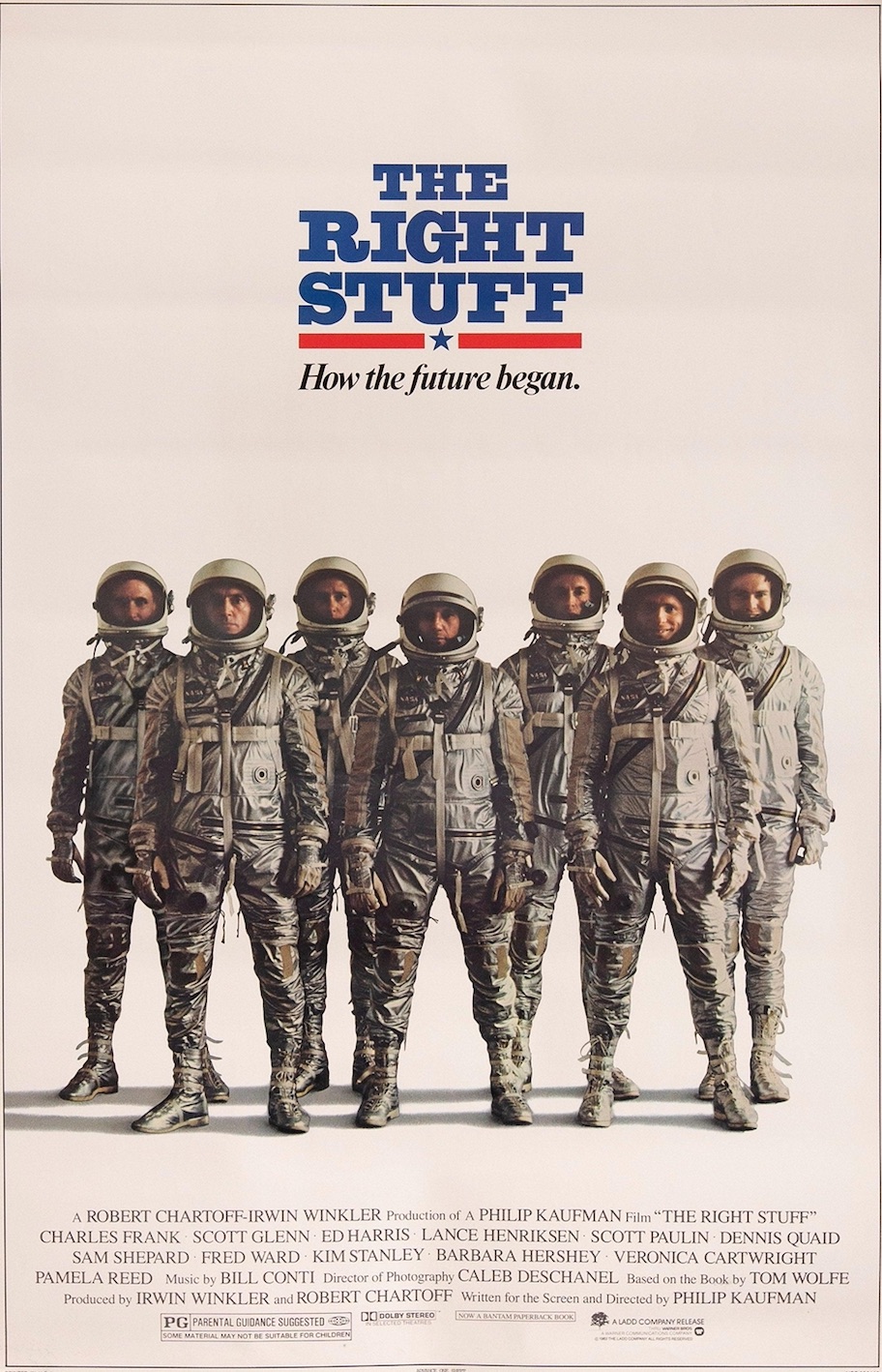
Space.com: How did you gather the talent for "The Right Stuff" and cultivate the cast chemistry to pull off the depiction of these pilots and astronauts?
PK: At first Sam Shepard and Chuck Yeager didn't like each other at all. Sam was this hipster guy and Yeager was this general. Looking at storyboards they didn't really want to be close to each other. Then they started talking about pickup trucks and different things. Eventually Yeager became the father Sam lost in all his plays and they bonded incredibly closely. Sam was a playwright and a poet. He didn't want to be a Gary Cooper. We became great friends and he led me to Ed Harris and Fred Ward through small plays. Dennis Quaid I met at a casting session.
He was young and enthusiastic and absolutely wonderful to work with. There was this thrill in the air with all the actors wanting to participate. We made books for all of them with historical material on their characters so they could get it right. And hanging out at the Tosca Bar until three or four in the morning helped. Guys that were combatants in the movie played pool together yet still in their roles in the movie. After you get the script, casting is everything.
"The Right Stuff" is not just about the guys The wives in the film, Barbara Hershey, Kathy Baker, Mary Jo Deschanel, Pamela Reed, Mittie Smith, Veronica Cartwright, Susan Kase, and Mickey Crocker were fantastic and would also bond together and many of them are still occasionally in touch with each other. There's a feminine Right Stuff in the film that encompasses and understands this world of men.
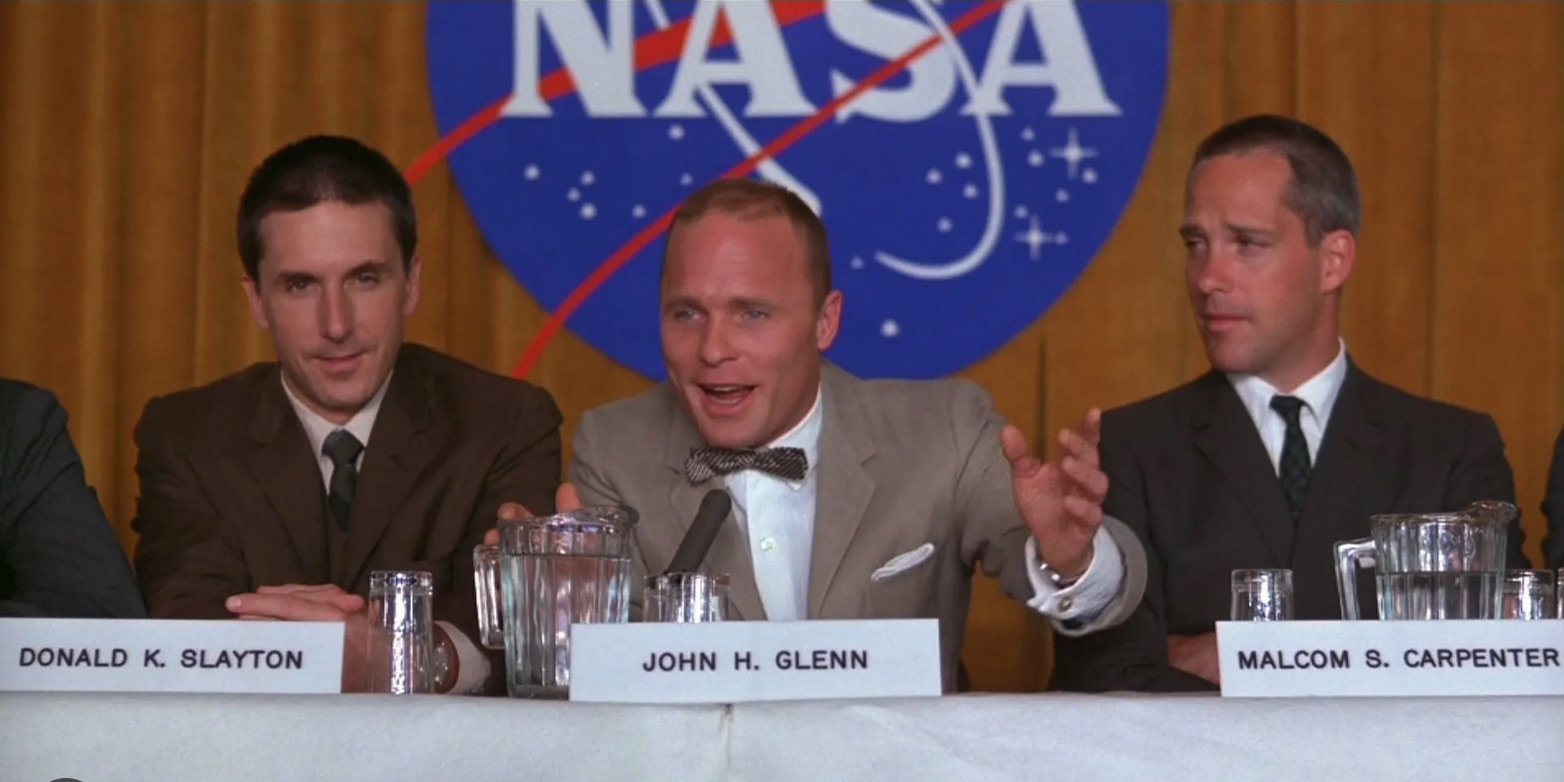
Space.com: Reflecting on the film's creative process and thematic map, what was most important to convey?
PK: A good part of "The Right Stuff" is that sense of the individual, the pilots, the ones who are in combat and who are encountering demons that live in the air. It's the American frontier spirit, or any frontier spirit. There are many Earthbound obstacles in the movie that stand in the way of men who would be angels. They're not quite angels, but they’re imperfect humans trying to find their way their way to advancing civilization.
This is all about those demons being encountered by a mysterious human force called the Right Stuff. This force breaks the membrane that got them through that place that couldn’t be penetrated called the sound barrier. I asked an underground filmmaker named Jordan Belson, who had a little one-room place up on Telegraph Hill, to do the special effects for Yeager breaking through the sound barrier. When you see that moment it's like going through the birth canal with the sky opening up. It's a magical realm, and how the future began.
Going into space, I hope we bring not just our garbage, but we bring our spirit.
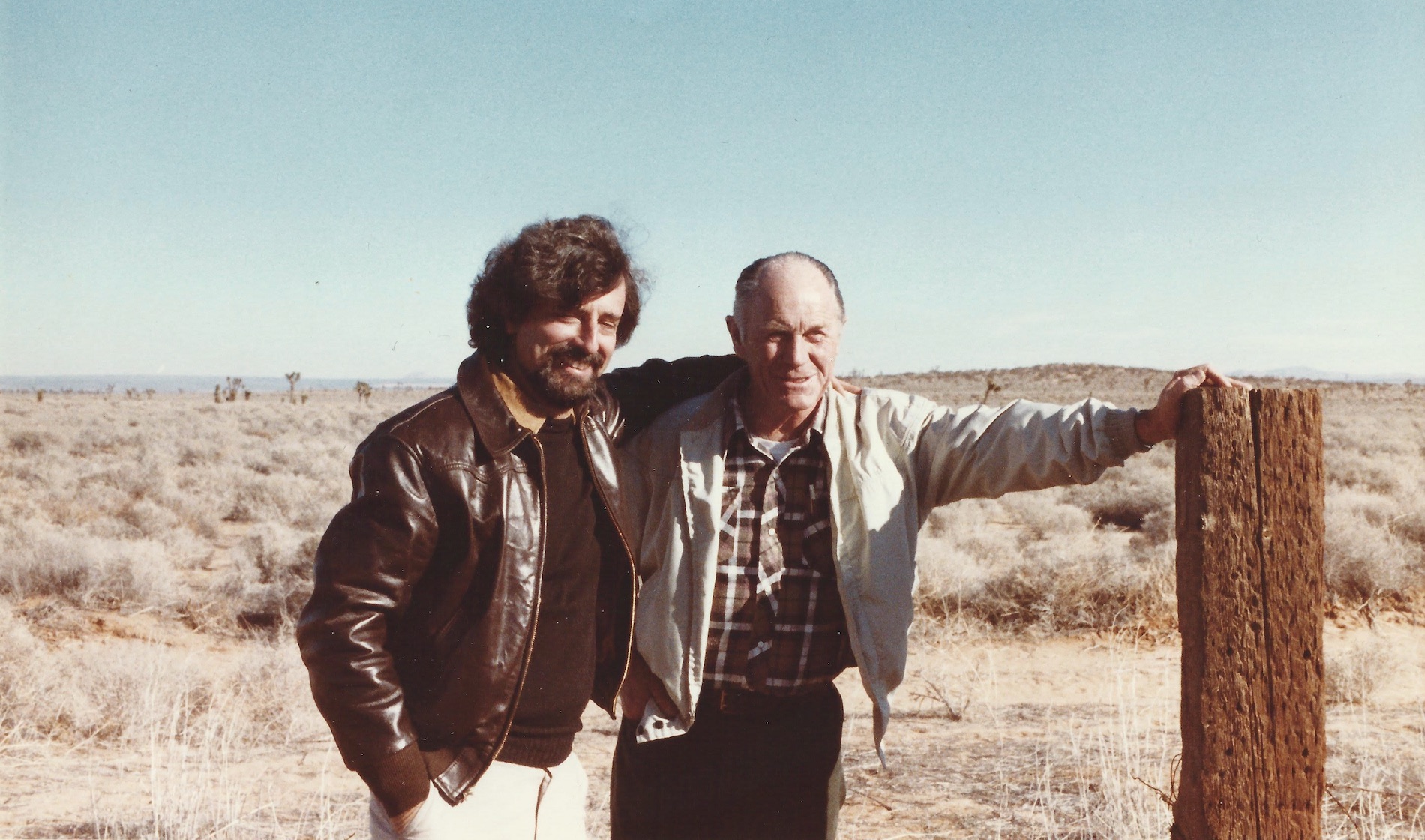
Join our Space Forums to keep talking space on the latest missions, night sky and more! And if you have a news tip, correction or comment, let us know at: community@space.com.
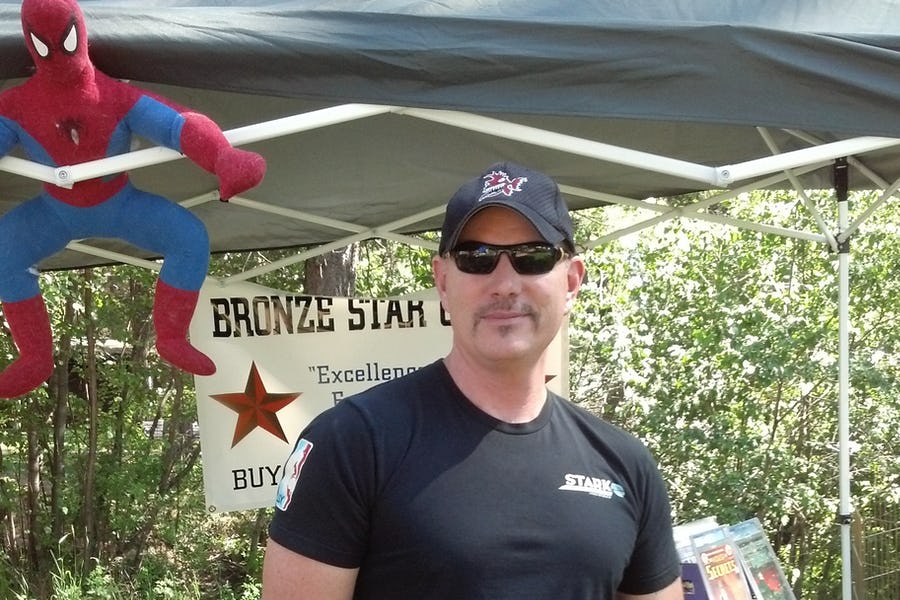
Jeff Spry is an award-winning screenwriter and veteran freelance journalist covering TV, movies, video games, books, and comics. His work has appeared at SYFY Wire, Inverse, Collider, Bleeding Cool and elsewhere. Jeff lives in beautiful Bend, Oregon amid the ponderosa pines, classic muscle cars, a crypt of collector horror comics, and two loyal English Setters.









